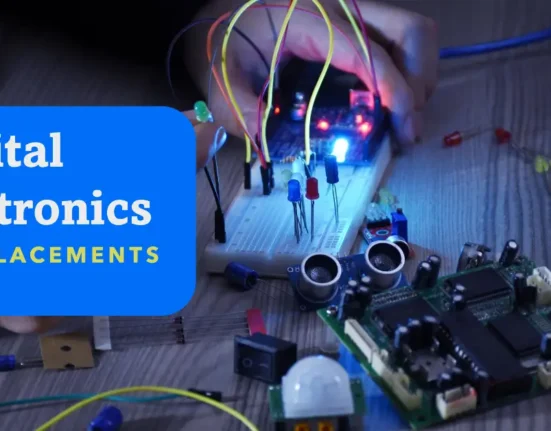It is a common trend for students who pass the IIT JEE or any engineering entrance exam to opt for the computer science stream. But now the trend is changing opening the way for semiconductor developers. However, Dr. Satya Gupta, the president of the VLSI Society of India, suggests a different path. In an exclusive interview, he revealed that if these students(semiconductor developers) chose to specialize in electronics and Very Large Scale Integration (VLSI) instead, they could earn a starting salary three times higher (an average of 10 lakh per annum) than a software developer (whose average starting salary is 3 lakh).
Dr. Gupta further discussed how the journey to a developed India, or “Viksit Bharat”, is closely linked with the fields of electronics and semiconductors. He projected that by 2047, the electronics industry in India would be worth 4 trillion dollars, with semiconductors contributing 700 billion dollars to this figure. This substantial growth in the industry is expected to employ at least 10 crore people in India, which would account for 7.5 percent of the total projected population and 15 percent of the working population in 2047.
Semiconductor Developers in India
The semiconductor industry is poised to contribute a significant 15 percent to India’s GDP. Dr. Gupta emphasizes that this substantial contribution will not only fuel India’s economy but also enhance all other technologies, a fundamental prerequisite for India to emerge as a superpower by 2047. But the question remains: where do we currently stand, what challenges do we face, and how do we navigate the path to a developed India, or “Viksit Bharat”, through the realm of electronics and semiconductors?
Dr. Gupta provides an exclusive insight into these questions for our readers:
Table of Contents
ToggleOur Current Position
According to Dr. Gupta, there are two critical aspects of semiconductors: design and manufacturing. While India already ranks second globally in chip design, with many companies and Indian engineers actively working in this area, the manufacturing aspect still needs to gain momentum. We cannot rely solely on design; manufacturing is equally important.
Becoming a Leader: The Challenges We Face
Unlike the software industry, the semiconductor field has not been able to create enough awareness. As a result, most students don’t opt for learning VLSI. Initially, VLSI courses were limited to post-graduation, but the demand is expected to rise from 1.2 lakh to 1.5 lakh in the next two years. To meet this demand, VLSI courses are now being offered at the undergraduate level in 350 colleges across India. Despite the starting salary for semiconductor jobs being significantly higher (10 lakh) than software jobs (3 lakh), most students are unaware of this fact.
The Journey to Viksit Bharat
To navigate the path to Viksit Bharat, we need to run awareness programs about the semiconductor industry. Our target is to emulate the software industry, which has done an exceptional job in marketing. To promote the semiconductor course, VLSI has launched four chapters in India: Gujarat, Madhya Pradesh, Jammu & Kashmir, and Odisha.
Madhya Pradesh is a significant focus area due to its large student population. Plans are underway to conduct awareness programs connecting high school students with semiconductor engineers. Additionally, MoUs are being signed with 13 colleges in Madhya Pradesh to develop curriculum and learning for electronics & VLSI courses.



